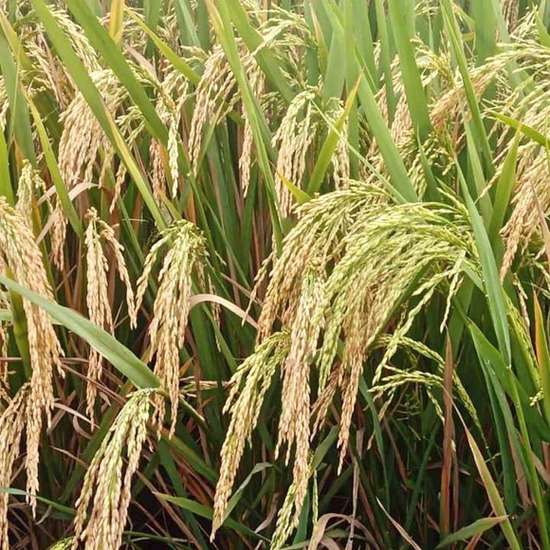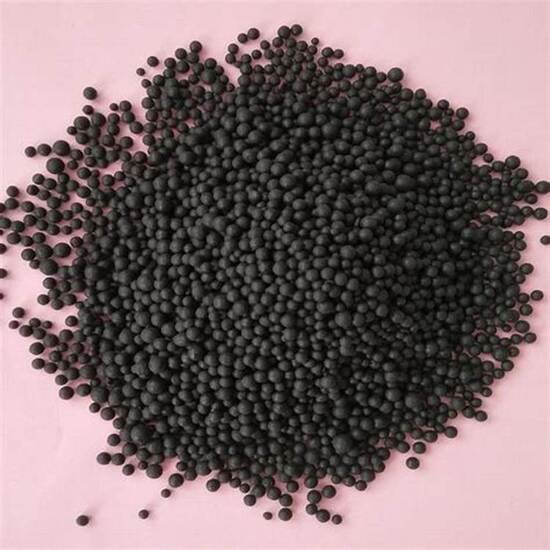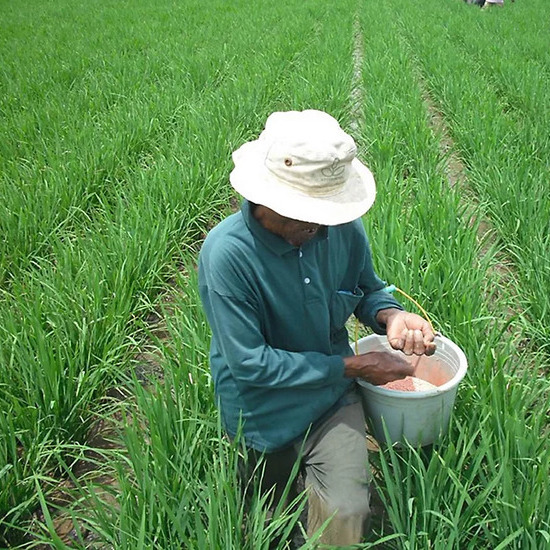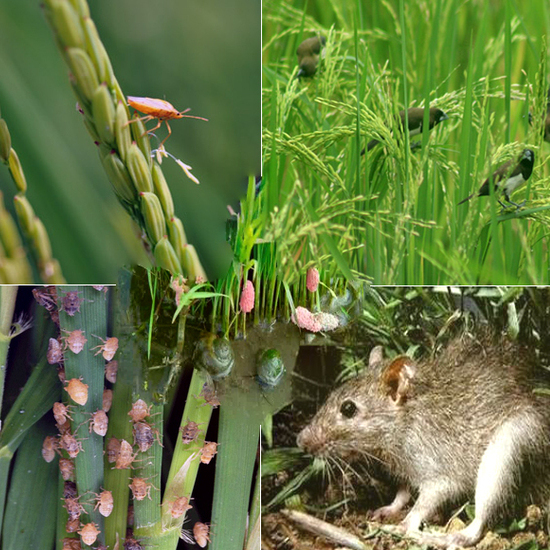Integrated Rice Milling: The Key to Improving the Quality and Yield of Rice Agroindustry
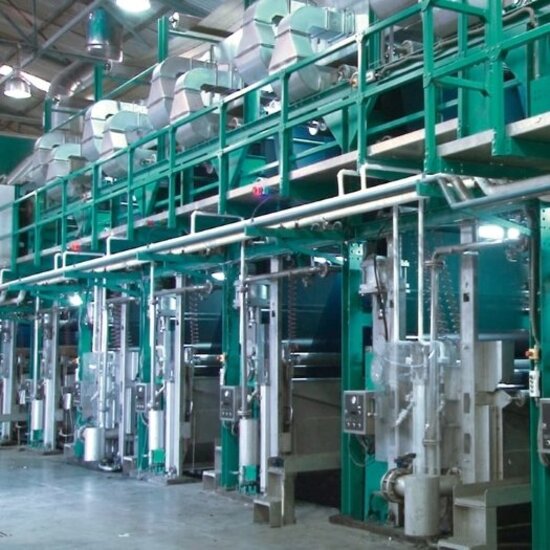
Rice milling is the central point in the rice agroindustry in Indonesia. Currently, many rice mills still use simple and outdated equipment, which results in relatively low production results. To improve quality and yield, an integrated agribusiness system approach is needed. This approach not only focuses on the production of quality rice, but also involves the processing of by-products such as rice flour, vermicelli products, animal feed, and rice husk charcoal briquettes, as well as consistent quality management. With an integrated rice milling business strategy, the added value generated can range from IDR 6.4 million to IDR 16.6 million per hectare.
Rice Milling in Indonesia
Rice milling is an important process that determines the quality and quantity of rice produced. However, many rice mills in Indonesia still use simple and outdated technology, so that the efficiency and quality of the milling results are less than optimal. This has an impact on the low quality of the rice produced and the high level of yield loss.
Challenges in Traditional Rice Milling
Some of the main challenges faced by traditional rice mills include:
- Outdated Equipment: Many rice mills use old and inefficient machines.
- Loss of Yield: The inefficient milling process results in high levels of yield loss.
- Low Rice Quality: The use of simple technology is unable to produce high-quality rice that the market wants.
Integrated Rice Milling Strategy
To overcome these challenges, an integrated agribusiness system approach is needed. The integrated rice milling strategy involves several key aspects as follows:
- Quality Rice Production
- Technology Improvement: Replacing obsolete equipment with modern technology that is more efficient and capable of producing high-quality rice.
- Workforce Training: Providing training to rice milling workers to operate modern equipment and maintain quality standards.
- By-Product Processing
- Rice Flour: Processing broken rice or rice that does not meet market standards into rice flour that can be used in various food products.
- Vermicelli Products: Utilizing rice flour for the production of vermicelli, which has high demand in the market.
- Animal Feed: Using rice bran and rice bran from rice milling as quality animal feed ingredients.
- Husk Charcoal Briquettes: Utilizing rice husks, which are usually waste, as raw materials for the production of charcoal briquettes, which can be used as alternative fuel.
- Consistent Quality Management
- Standard Operating Procedures (SOP): Develop and implement strict SOPs to ensure that every milling process runs according to standards.
- Quality Control: Conduct routine quality control to ensure that the quality of rice and by-products produced is in accordance with the established standards.
Added Value of Integrated Rice Milling
By implementing an integrated rice milling strategy, the added value generated can be significant. This added value ranges from IDR 6.4 million to IDR 16.6 million per hectare. Several factors that contribute to this added value include:
- Increased Efficiency: The use of modern technology increases the efficiency of the milling process and reduces yield losses.
- High Rice Quality: High-quality rice has a better selling price in the market.
- Product Diversification: Processing by-products into various value-added products increases income.
- Waste Reduction: Utilizing rice milling waste for the production of rice husk charcoal briquettes helps reduce waste and provides additional economic value.
Support from PT Matari Agro Indonesia
PT Matari Agro Indonesia plays an important role in supporting integrated rice milling through various agricultural consulting and training services. Some of the programs run by PT Matari Agro Indonesia include:
- Milling Technology Training: Providing training on modern milling technology and how to use it.
- By-Product Development: Supporting the development of by-products such as rice flour, vermicelli, animal feed, and rice husk charcoal briquettes.
- Quality Management: Assisting rice mills in developing and implementing consistent quality management.
Integrated rice milling is the key to improving the quality and yield of the rice agro-industry in Indonesia. By adopting modern technology, processing by-products, and implementing consistent quality management, the added value generated can be significant. PT Matari Agro Indonesia is committed to supporting integrated rice milling through various agricultural training and consulting programs. Let’s work together to improve the quality and yield of the rice agro-industry for a more prosperous and sustainable future.
With an integrated approach, rice milling in Indonesia will not only produce high-quality rice but also various by-products that have economic value, support national food security, and improve the welfare of farmers and the wider community. Hopefully this information is useful and can be a guide for all of us in our efforts to improve the quality and yield of the rice agro-industry in Indonesia.
Matari Agro Indonesia is one of the most affordable and farmer-friendly agricultural consulting companies in Indonesia. We provide top-notch agricultural consulting services across the country with the help of a diverse team of scientists, operational experts, and technology. If you are looking for a better return on your agricultural investment, contact the Matari Agro Indonesia team today!
